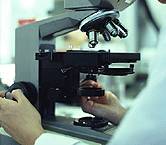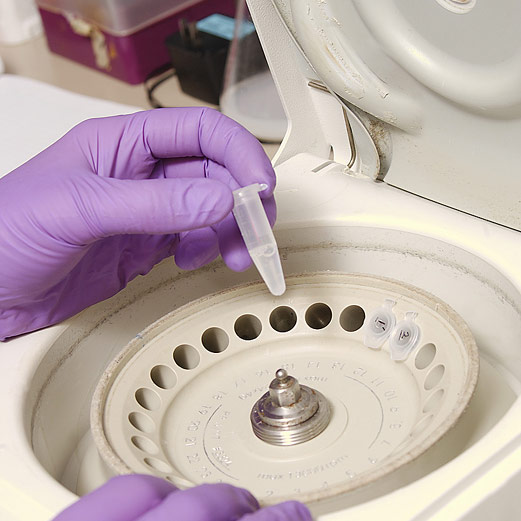
WEDNESDAY, Jan. 29, 2014 (HealthDay News) — Scientists report that they have discovered a surprising way to prompt mature adult cells in mice to revert back to their embryonic state.
They simply “injured” the skin and blood cells, by dipping them in acid or squeezing them, and a percentage of those cells survived the damage to become stem cells — which have the capacity to be turned into any kind of cell or tissue in the body.
Experts believe the preliminary findings, published in two studies in the Jan. 30 issue of Nature, could possibly transform the field of regenerative medicine. In theory, embryonic stem cells could be created more quickly and less expensively, without having to use stem cells that come from destroyed embryos — a practice that has generated controversy and raised ethical issues in the past.
This new type of stem cell could then be used to replace damaged cells or grow new organs for patients suffering from conditions such as diabetes, heart disease, cancer or the eye disease known as age-related macular degeneration, the researchers said.
“It’s amazing. I would have never thought external stress could have this effect,” study co-author Yoshiki Sasai, a stem cell researcher at the RIKEN Center for Developmental Biology in Kobe, Japan, said in a commentary that accompanied the study.
“It may not be necessary to create an embryo to acquire embryonic stem cells,” study senior author Dr. Charles Vacanti, director of the Laboratory for Tissue Engineering and Regenerative Medicine at Brigham and Women’s Hospital in Boston, said in a hospital news release. “Our findings suggest that somehow, through part of a natural repair process, mature cells” are able to return to their original state as stem cells.
“The generation of these cells is essentially Mother Nature’s way of responding to injury,” Vacanti said in the Nature commentary.
The next step: Tests in other mammals and humans. The Japanese researchers have already begun some of these experiments.
One expert said the finding, if confirmed in human cells, could alter the landscape for stem cell therapy.
“Who would have thought that to reprogram adult cells to an embryonic stem cell-like [pluripotent] state just required a small amount of acid for less than half an hour — an incredible discovery,” Chris Mason, chair of Regenerative Medicine Bioprocessing at the University College London, said in comments supplied by Nature.
“[The Japanese team’s] approach in the mouse is the most simple, lowest cost and quickest method to generate pluripotent cells from mature cells,” he added. “If it works in man, this could be the game changer that ultimately makes a wide range of cell therapies available using the patient’s own cells as starting material — the age of personalized medicine would have finally arrived.”
More information
For more about stem cells, try the U.S. National Library of Medicine.
Copyright © 2025 HealthDay. All rights reserved.

